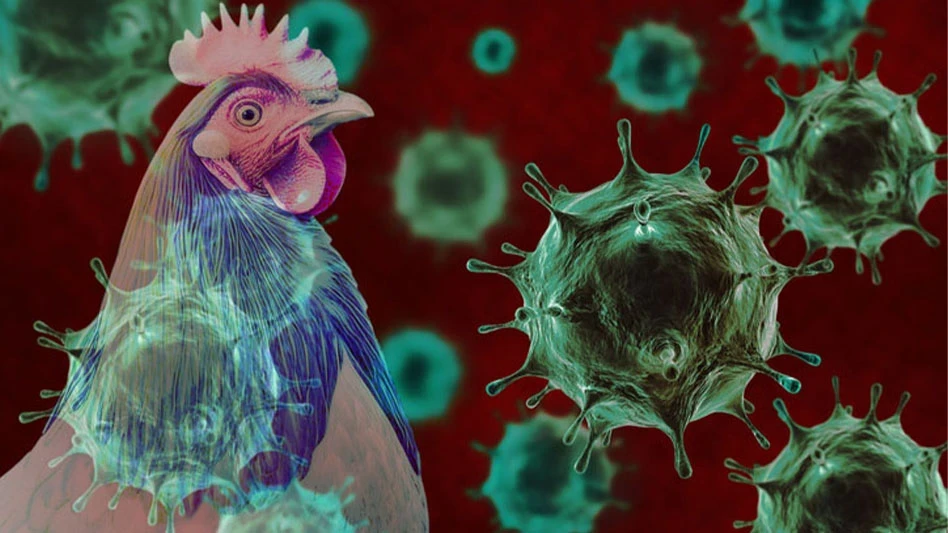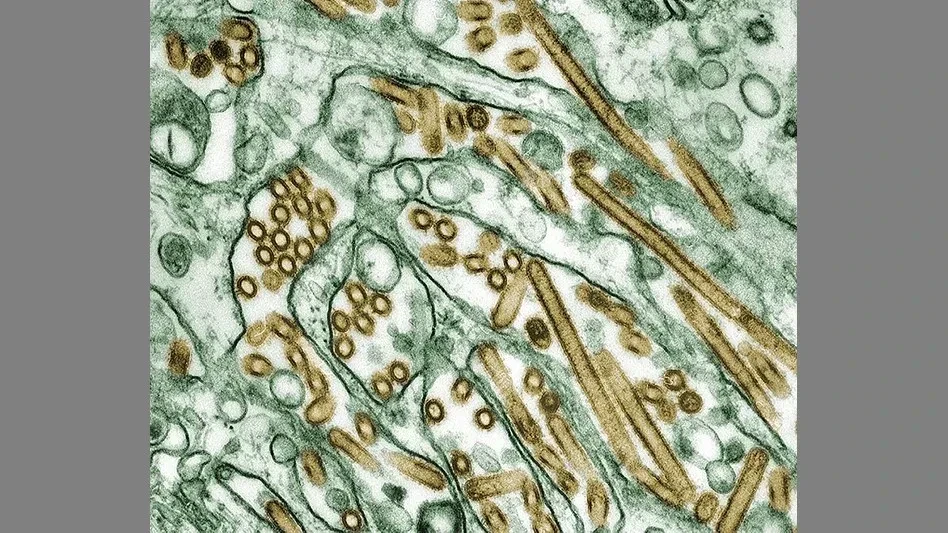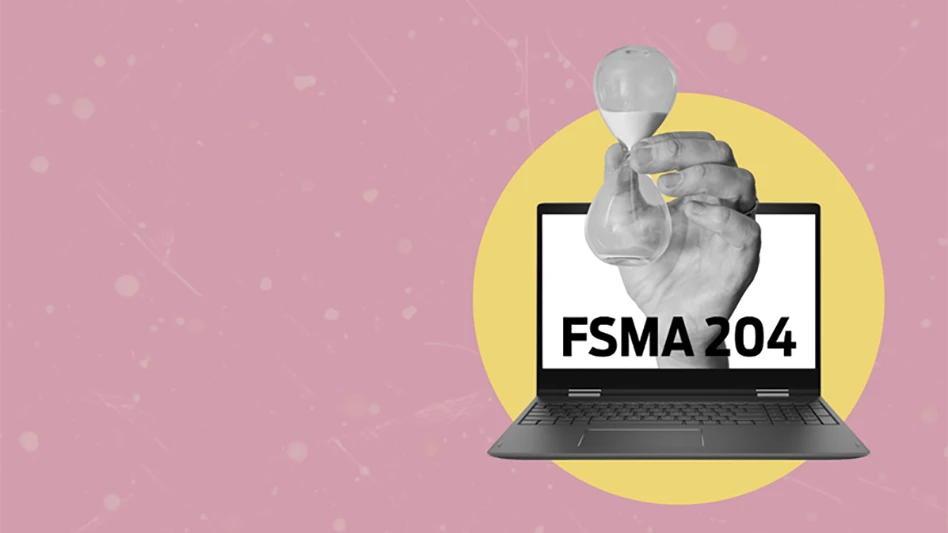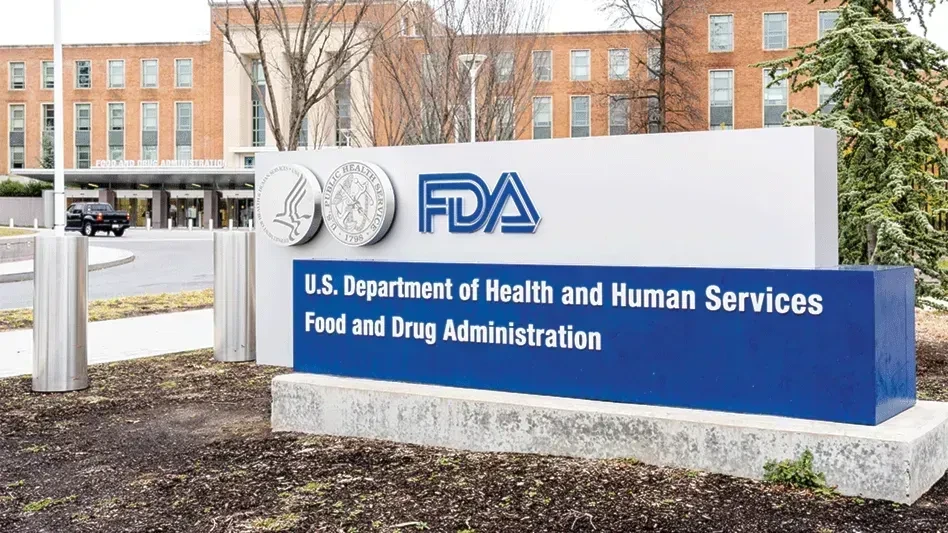
MADISON, Wisc. — In a validation study performed at Deibel Laboratories, BIOIONIX generated activated water (also known as electrolyzed water or HOCl) demonstrated a 4 to >6 log reduction of pathogens Salmonella, L. Mono, E. Coli and B. Cereus. Study results are being finalized and can be shared upon request.
With more food manufacturers looking to eliminate the use of chemicals and save water, brands have been urging BIOIONIX to expand to clean-in-place (CIP), the company said.
“We knew it was possible based on scientific studies but wanted to validate it for ourselves and for our partners,” said Kyle Jenson, vice president of sales, BIOIONIX.
The goal of the study was to demonstrate the potential microbial log reduction of a “low” baseline of 150 ppm of BIOIONIX activated water with only 30 seconds of contact time on stainless steel, plastic and epoxy. Standard protocol for CIP/COP (clean-out-of-place) with HOCl is 200ppm with much longer exposure time and a continuous spray.
“With such high log reductions at this baseline, we’re confident our partners can replace the toxic sanitizers with BIOIONIX activated water in their CIP processes,” said Jenson. “We’re excited to continue to support our partners on the path to zero chemicals.”
BIOIONIX BIOSAIF24/7 three tiered systems are used by many brands for in process disinfection, empowering partners to make their own natural and safe disinfection, said the company. In addition to eliminating dependence on the use of chemicals, the BIOIONIX system supports continuous and monitored disinfection and water reuse.
Latest from Quality Assurance & Food Safety
- Penn State Course Covers Fundamentals of Food Science
- Joint FAO/WHO Expert Committee on Food Additives Seeks Experts
- FDA Reschedules Webinar on Updated ‘Healthy’ Claim
- Thousands More Laid Off at FDA, CDC in HHS Restructuring
- USDA Extends Deadline on Request for Information for Poultry Quality Standards
- Dessert Holdings Issues Allergy Alert on Undeclared Pecans in Favorite Day Cheesecake
- Idaho Smokehouse Partners Recalls Beef Sticks Due to Possible Foreign Matter Contamination
- IDFA Leadership Symposium Set for June 23-26





